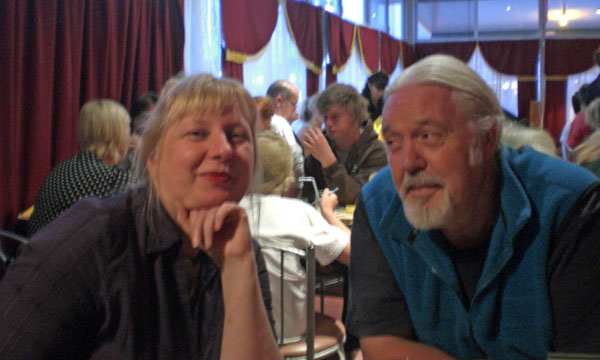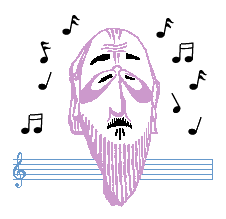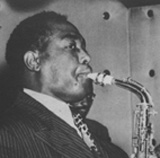|
1. The full stop in music ------------------------------------------------------------------- Next - Contents
In music too phrase length is important. But unlike in
writing it has had the uniform four bar length for centuries. Certainly in
Western music, be it classical or the more recent Jazz standards and
Popular music. A typical phrase in music starts on beat 1 of the first bar
and ends on beat 1 in bar 4, usually sustained in reflection for 4 beats until the next
phrase begins. This regular, repetitive format was perhaps first
dictated by the requirements for regular dances, or lyrics, or poetry in
rhyme. It has subsequently been ingrained into our minds by song, after
song, after song, so that we experience it now as the most natural of all
musical expressions rather than the straight jacket it really is.
At the same time when Satie and his contemporaries are redefining Classical
music in Europe, a new musical art form is born in the US : Jazz.
Initially they gladly adapt the 4 bar phrase tradition, modelling their 12
bar blues and other song formats to fit the standard. Louis Armstrong
sets the first important item on the agenda, in his legendary (recorded)
improvised intro to "West End Blues". It is not until a few decades later that the restless and explosive Charlie Parker is probably the first Jazz man to feel and rebel against the restricting 4 bar phrase. Like all his many other musical innovations he attacks this one too with a vengeance. Charlie starts and ends phrases at any point in a bar almost at random. He stops one sentence within 2 beats even before it hardly started. Others he stretches out to 5, 6 or more full bars, creating enormous tension and excitement to stunned audiences. After him Jazz has never ever been the same again. I too, like every other aware contemporary Jazz improvisor, has had to break out of the 4 bar phrase straight jacket. Unlike Parker, who probably did this intuitively with the force of his explosive personality, most of us have to work hard at it. I practised for a considerable period of time before I got complete control over my full stops. But once there it is enormously liberating. Initially you have to remain very conscious of this new facility and use it with thought and foresight in your improvisations. Gradually however it becomes second nature and just another of one's intuitive skills needed for this wonderful art form.
When I think of Armstrong and Parker as the two undisputed giants in the
development of the Jazz language, the remarkable comparison with J.S.
Bach and Beethoven suddenly comes to my mind. They too are the
two towering giants who dominated the development of music throughout the
earlier and much longer period of the Classical music era.
Copyright © 2010 Michael Furstner
|


 In a mere 30 seconds he pulls the
earlier Jazz expressions away from the cosy and safe embellished melody
approach, down into the underlying realm of chordal harmonies. This new
direction is bold and breathtaking, but also scary because improvisation has
now become fully creative, unsupported by the safety line of the familiar
melody.
In a mere 30 seconds he pulls the
earlier Jazz expressions away from the cosy and safe embellished melody
approach, down into the underlying realm of chordal harmonies. This new
direction is bold and breathtaking, but also scary because improvisation has
now become fully creative, unsupported by the safety line of the familiar
melody.